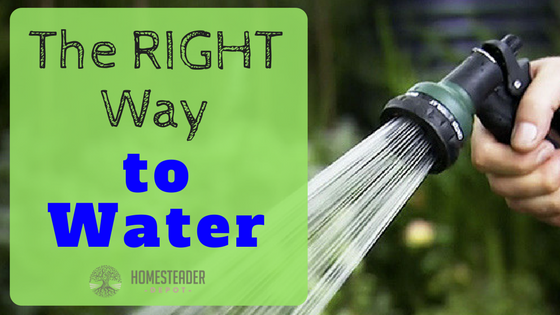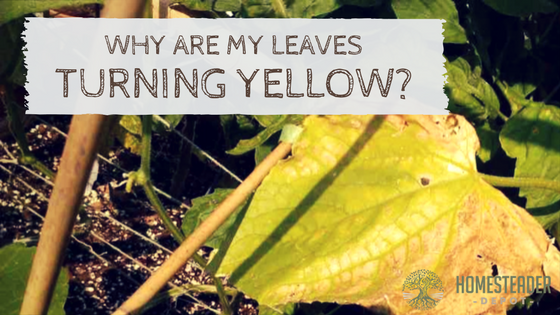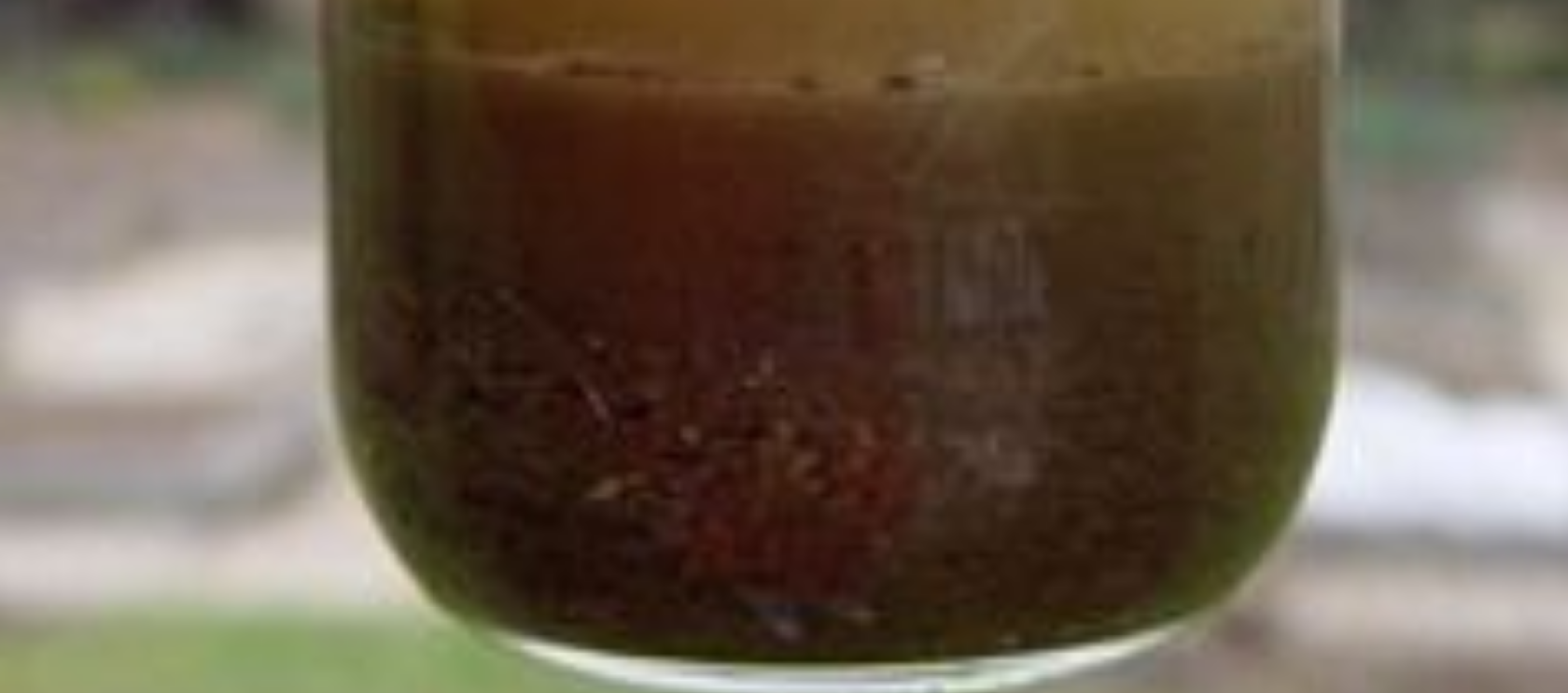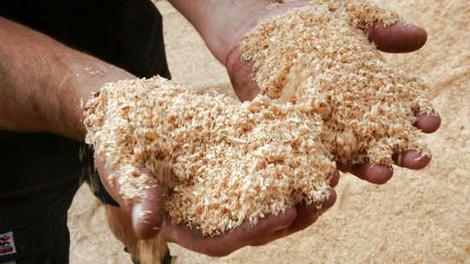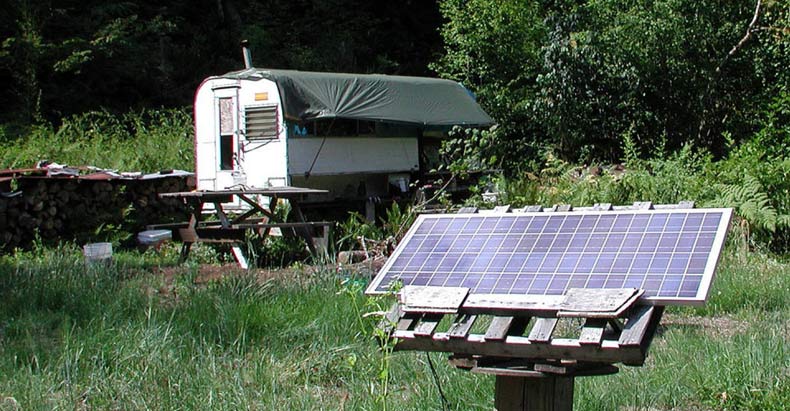5 Mistakes First-Time Chicken Farmers Make
When it comes to homesteading of all kinds, trial and error is a great way to learn. However, when you’re raising animals like chickens, you probably want to reduce the possible mistakes you can make. If you’re considering starting your own chicken flock, you’ll want to do it right. We’ve got a list of five … Read more


